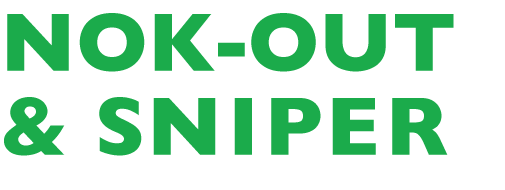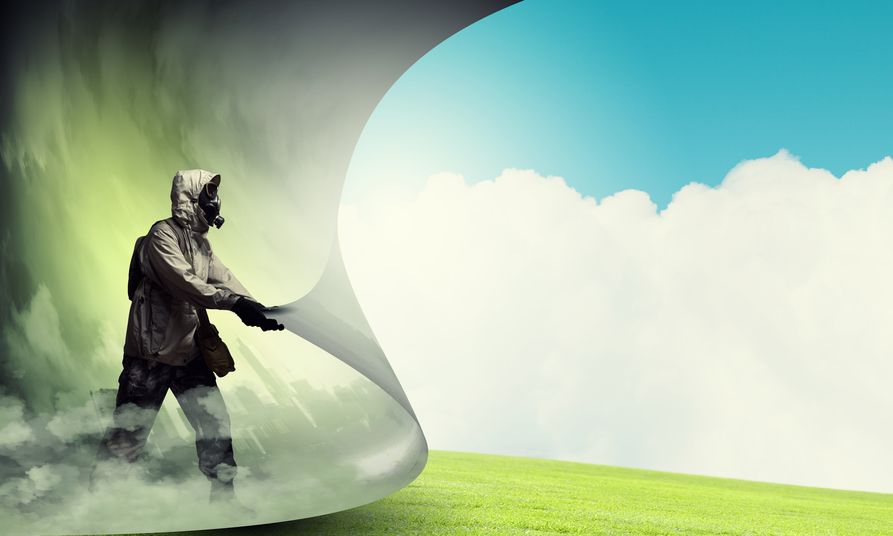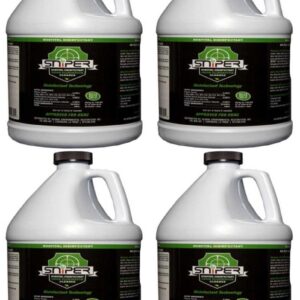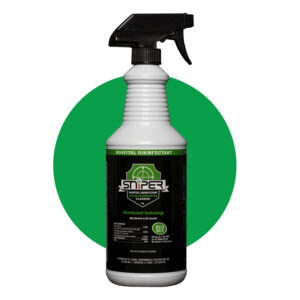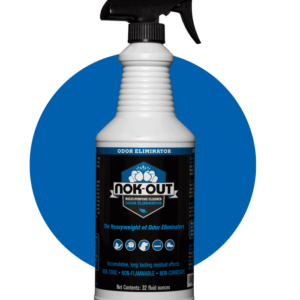One of the great things about Nok-Out and SNiPER is their environmental friendliness. They are both quite safe for use in your house or place of work and this is something that distinguishes our products from other cleansers, which are not so nice, not so friendly to your environment. So I became a little curious and did a little research into how modern cleaning products developed. It is actually kind of interesting. To me, anyway. I hope you will get something good from it too, because in a very real way, it is Humans Versus Dirt. And we have to stay on top of this!
History of Clean
Water was our first cleaner and is sometimes referred to as the closest thing there is to a ‘universal solvent’. All kinds of stuff dissolves into water and, of course, we still use it today because it is so good at being a solvent. Around 2200 BC, the Babylonians made the first known ‘soaps’. Their soap was made from ash and animal fats and water. The Egyptians improved on this by using vegetable oils and alkaline salts that they used for laundry and for their skin as well. The ancient Greeks didn’t use soaps, but instead, scrubbed themselves with salt, clay, pumice and the like, topped off with a coating of oils, which they then scrapped off their skin using a tool called a strigil.
Romans worshiped their Gods by sacrificing animals. The fats that drained out mixed with water and volcanic or other ash to create the first lye solutions. One of the temples where this occurred was named “Sapo” and it is from this place that we get the modern word ‘soap’.
Stinking their way through life…
Alas, Roman civilization collapsed and with it went the habit of washing ourselves. The average person in Europe had no access to any cleanser other than water and personal cleanliness became a thing of the past. Heavens! Can you imagine the stench?!? While our European ancestors were stinking their way through life, the Islamic societies were using soaps with a pleasant smell made from olive oil, lime and alkali. These were exported to Europe. The 16th century in Europe saw the first European production of soaps made from vegetable oil only – called Castile Soap. It was not until the 18th century in Europe, that advertising campaigns promoted the awareness of the relationship between cleanliness and health.
Once the industrial revolution got going, we had production of bar soap and then – liquid soap. BJ Johnson used palm and olive oils to make ‘palmolive” liquid soap. Since then has been a lot of changes as detergents were introduced and the miracle of modern chemistry was applied to cleaning products. Instead of using natural products such as animal or vegetable derived fats and oils, chemists began producing more and more powerful chemical cleansers with components whose names are difficult to pronounce. (A good example is”alkylbenzenesulfonates” and if you go looking at the ingredients list of cleaners, you will certainly find many more!)
All this Modern Cleanliness is healthy, Right?
Although modern cleaning products do an awesome job of cleaning, some of them are harsh and smell bad. Other ingredients are highly toxic and dangerous – like bleach and ammonia. Many of these chemicals smelled terrible and people wouldn’t use them. So the manufacturers began adding chemical fragrances to hide the really awful chemical smells.
Somewhere along the way, people have become trained (like Pavlov’s dogs!) to believe that when you smell that fresh scent, you know it is clean. Well, it may be clean in the sense that you have washed away the populations of microbes successfully, but the chemicals are still there and they may leave residues and by-products that distort the relationship between being clean and being healthy. Is a home really ‘clean’ when the cleansers being used create a toxic indoor atmosphere? This is some of what is driving the concerns about Indoor Air Pollution and also why the EPA tells us that it is not uncommon for our homes to have up to 400% of the ‘pollution’ found in outdoor air.
What to do? How to choose a cleaner that won’t harm my home and family?
Like most things in life, there is a middle ground that is probably the best place to be. There may be times when you do need to use bleach or other harsh chemicals inside your home. But most of the time, a lesser cleaning solution that is not so harsh will work just fine. A friend who is a carpet cleaner says that “Green Cleaning’ means using cleansers that have a neutral or near-neutral pH. This makes a lot of sense to me. Look at the following table
| Cleaner | pH | |
| Chlorine Bleach | 11 – 13 | Alkaline |
| Ammonia | 11 – 12 | Alkaline |
| Tub & Tile Cleaner | 11 – 13 | Alkaline |
| Borax | 10 | Alkaline |
| Mild Dish Soap | 7 – 8 | slightly alkaline |
| Cleaning Vinegar | 3 | acidic |
| Toilet Bowl Cleaner | 1 – 3 | Acidic |
Remember your chemistry class? The scale goes from 1 to 14 with neutral being 7. You can see that most cleansers are alkaline and the really powerful ones are very high pH. It is the extremes that deserve special care because they are the ones likely to form harmful by-products. It is risky when some of them are combined, as might be the case if you are cleaning your toilet bowl with more than one cleaner.
The Bottom Line
We have come a long way since water was our only cleanser and in the battle of humans versus dirt, we are winning. Our homes and bodies and clothes are LOTS cleaner now than they have ever been in the past, but due to cleanser residues and chemical by-products that can form, the quality of our indoor air has suffered. This is especially true in homes that are sealed tightly against heat or cold.
What to Do?
The solution is to use those powerful cleansers sparingly and only when you have good ventilation. Take great care when using more than one cleaner. You are likely to leave small amounts of chemical residues behind as you clean. The cleanser you use next may cause dangerous fumes to develop, such as can happen when ammonia comes in contact with bleach. As a general rule, you and your home will be safe if you use cleaning products that do not stray far from the neutral 7.
Nok-Out and SNiPER both have a pH of around 8.5 which is close enough to the middle ground of 7 that it is unlikely to cause any harm. Mild dish soap is one of the most useful and least harmful cleaners. Vinegar may be a natural product but with a pH of 3 is is a fairly strong acid.
Additional Reading
- http://blog.nokout.com/introducing-chlorine-dioxide-clo2/
- https://blog.nokout.com/what-level-of-clean-is-right-for-you/
- https://blog.nokout.com/how-to-improve-your-homes-indoor-air-quality-iaq/
